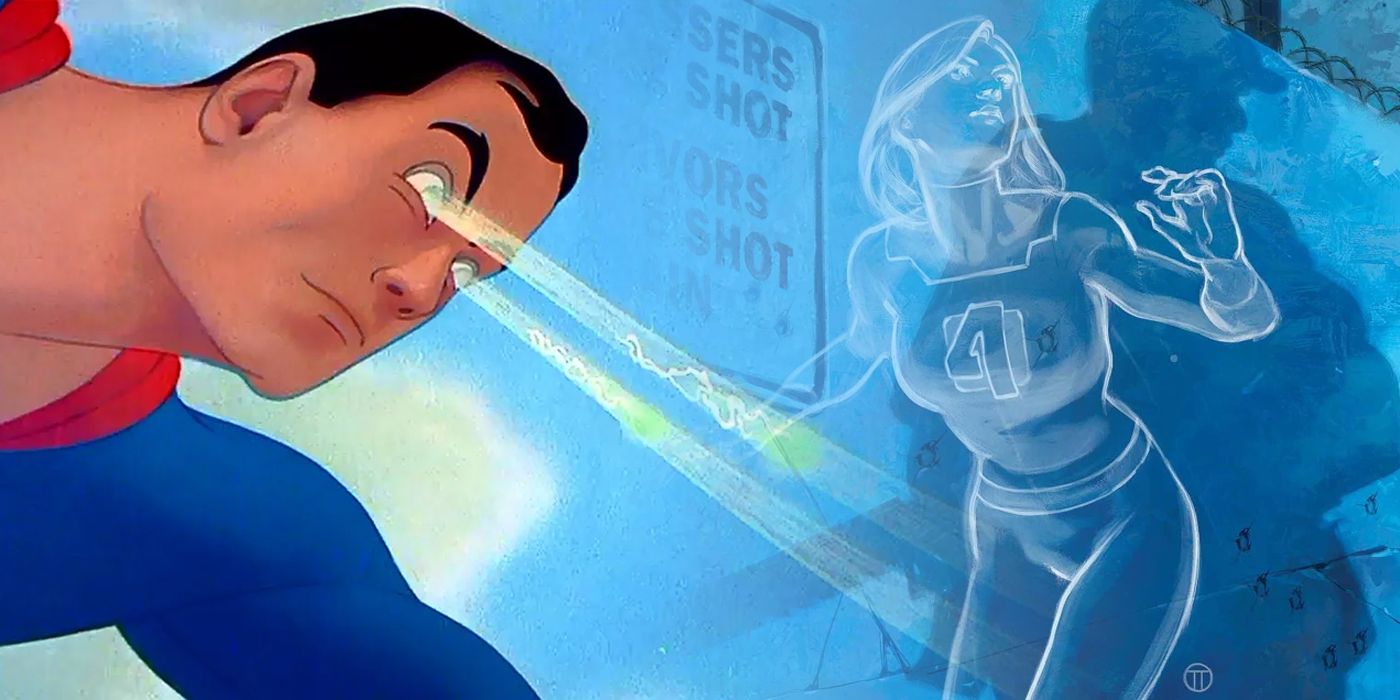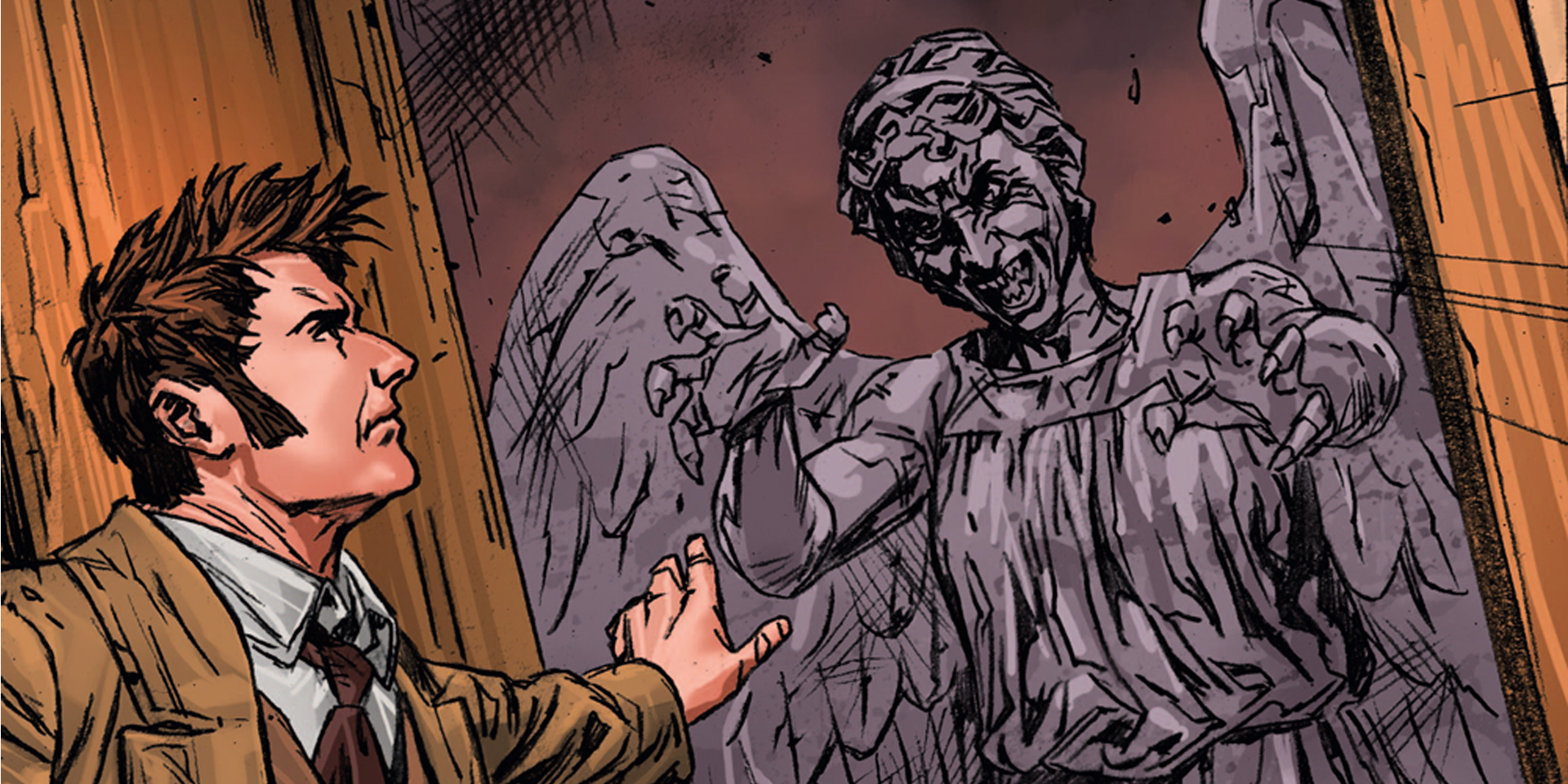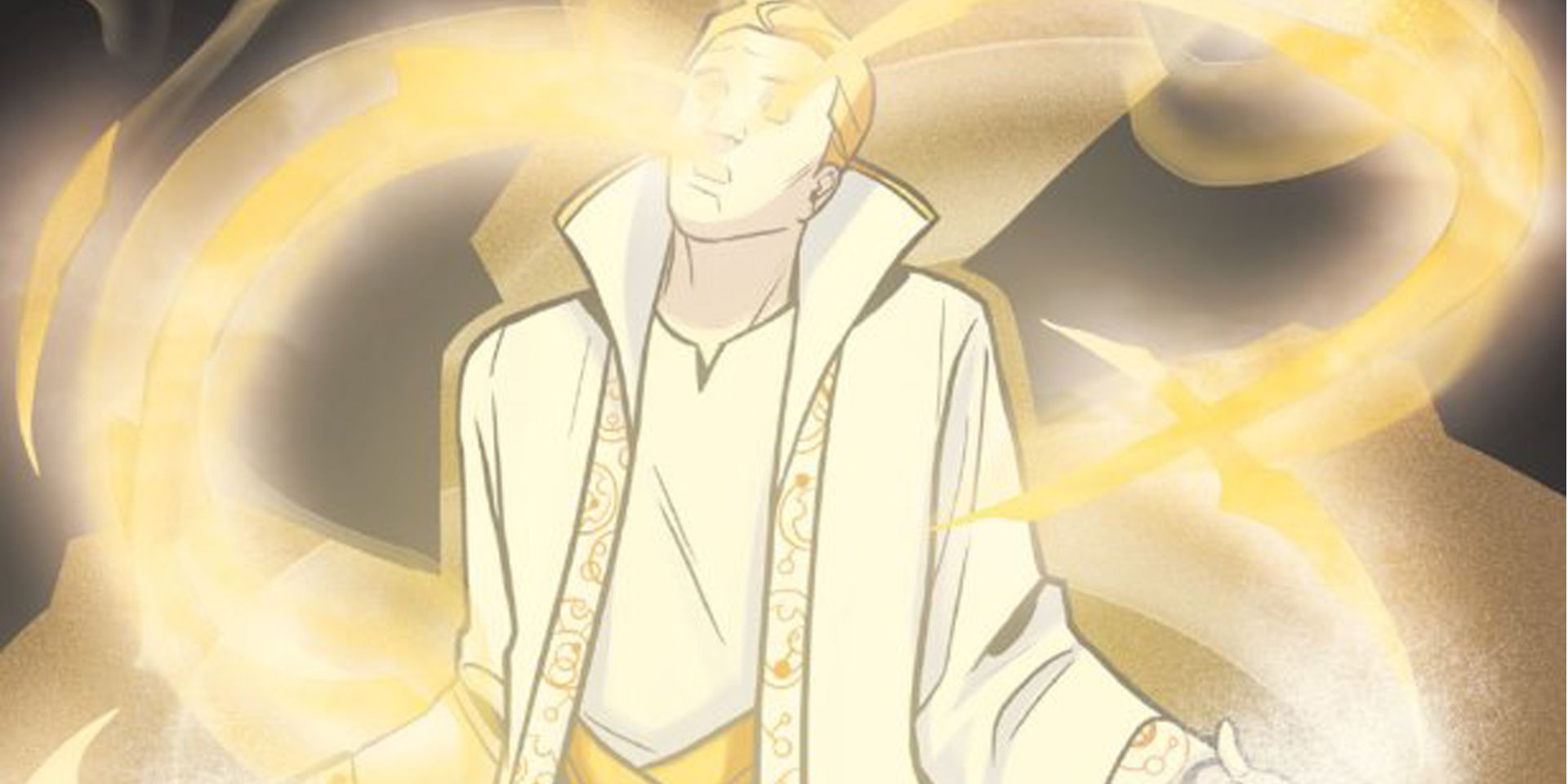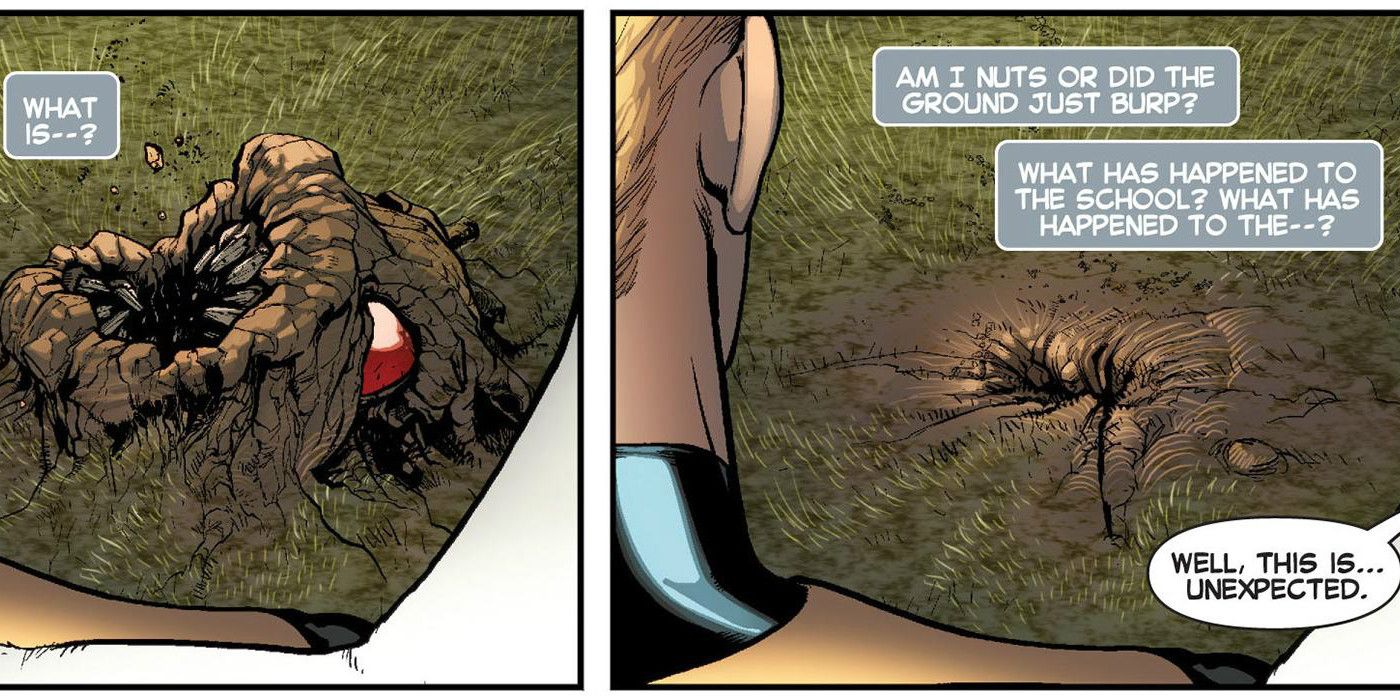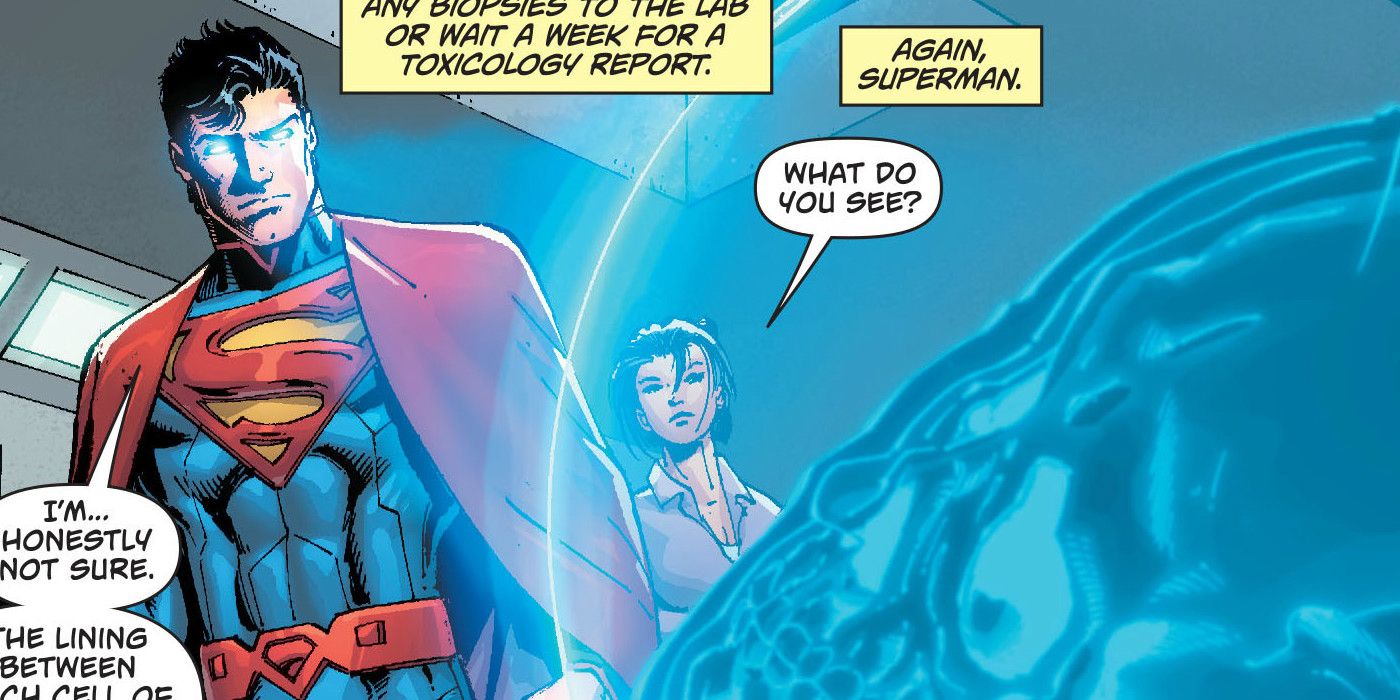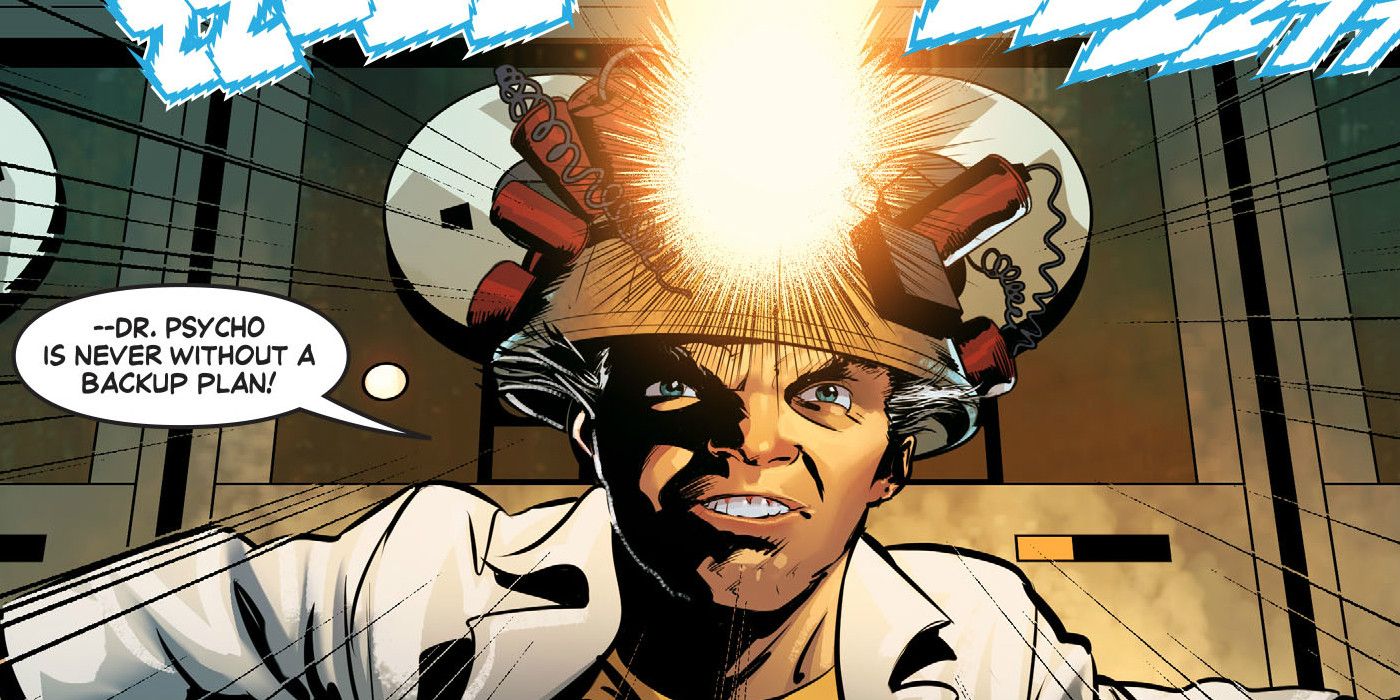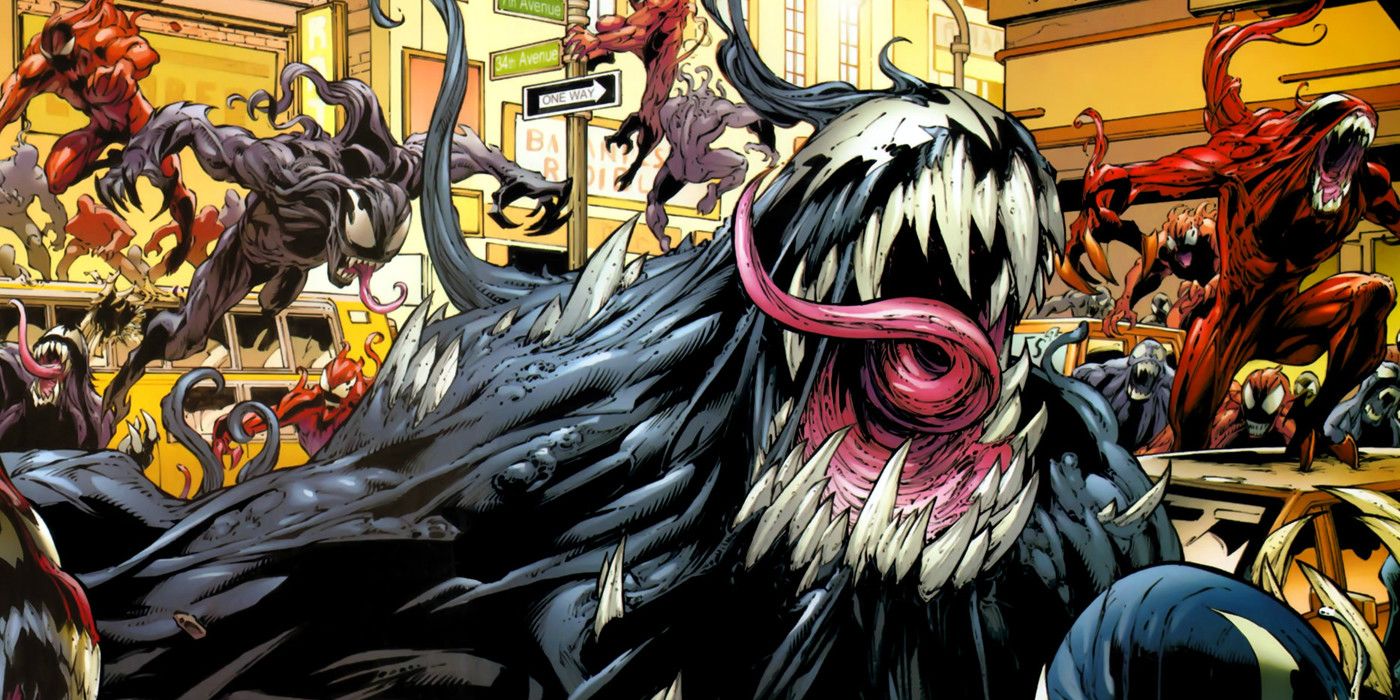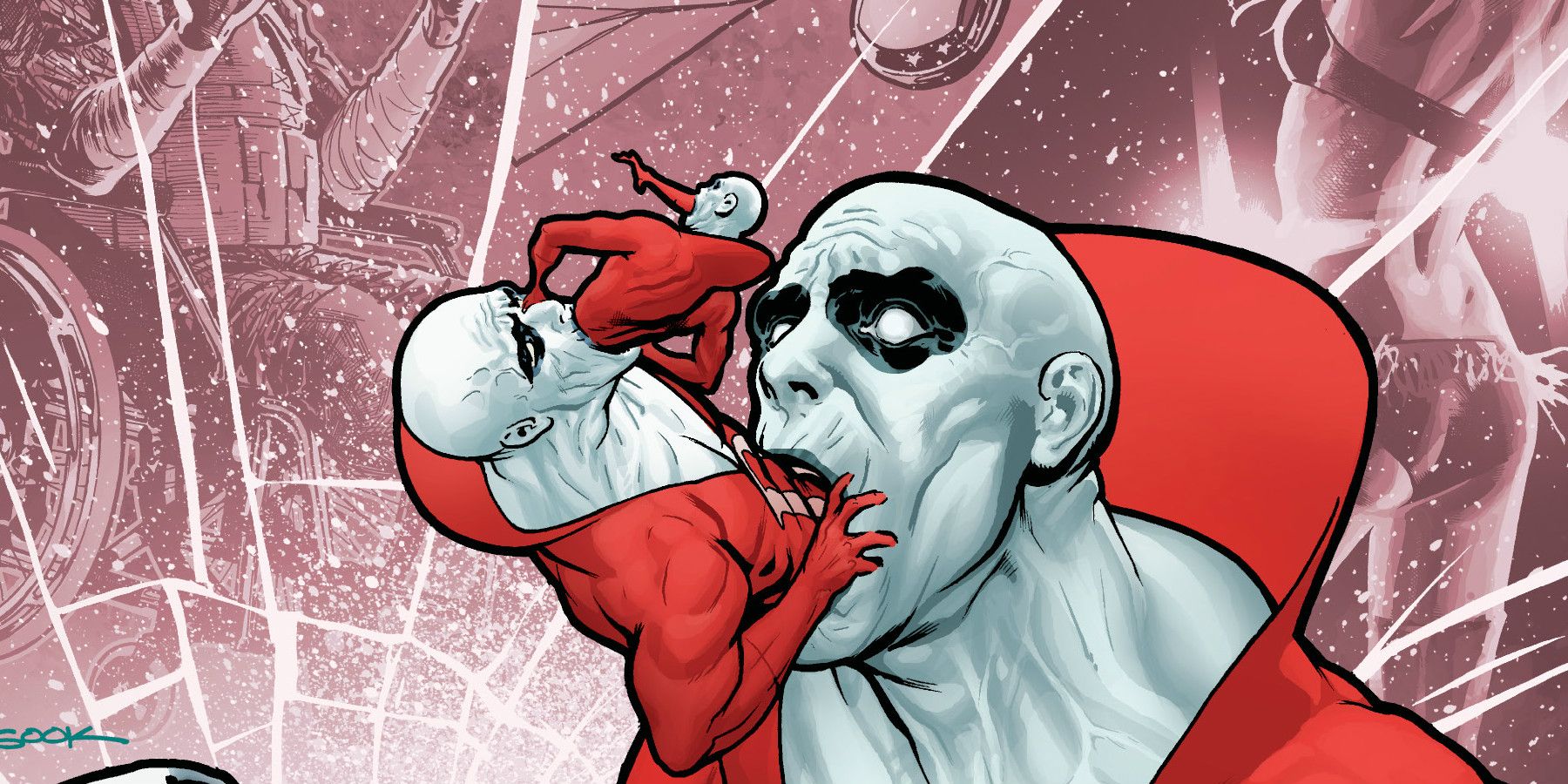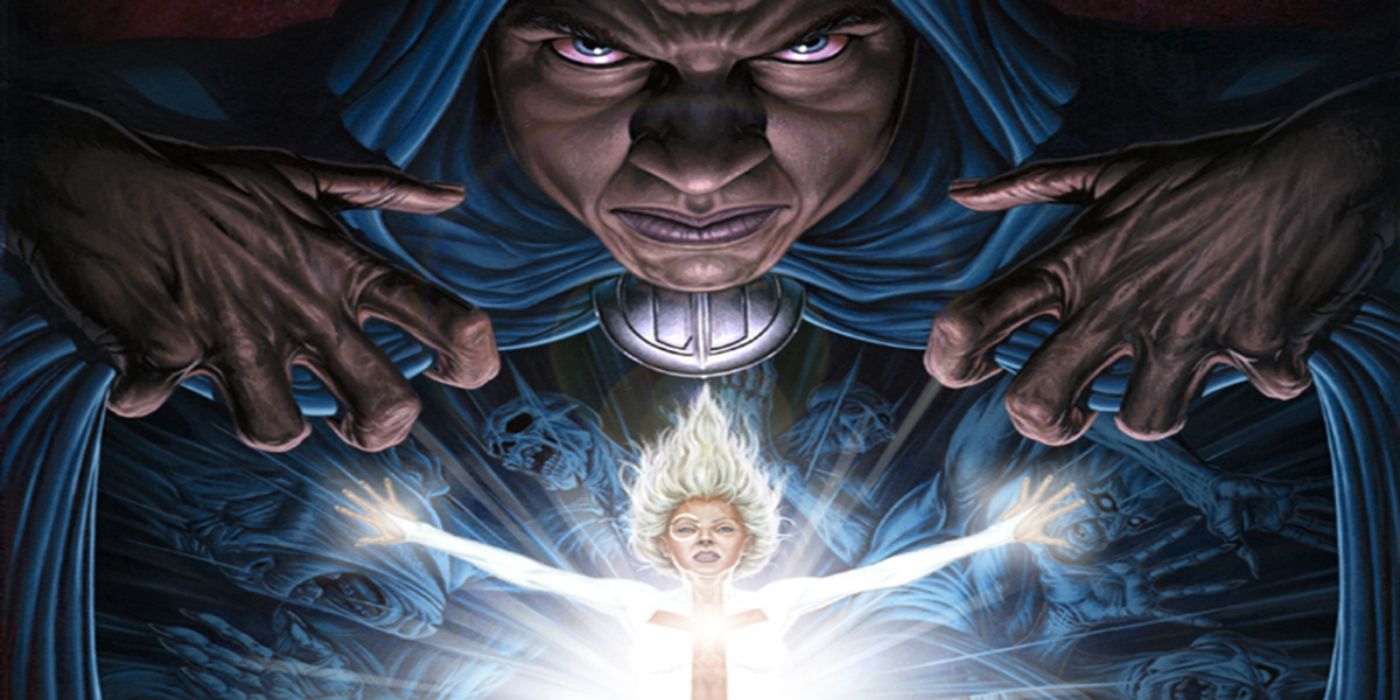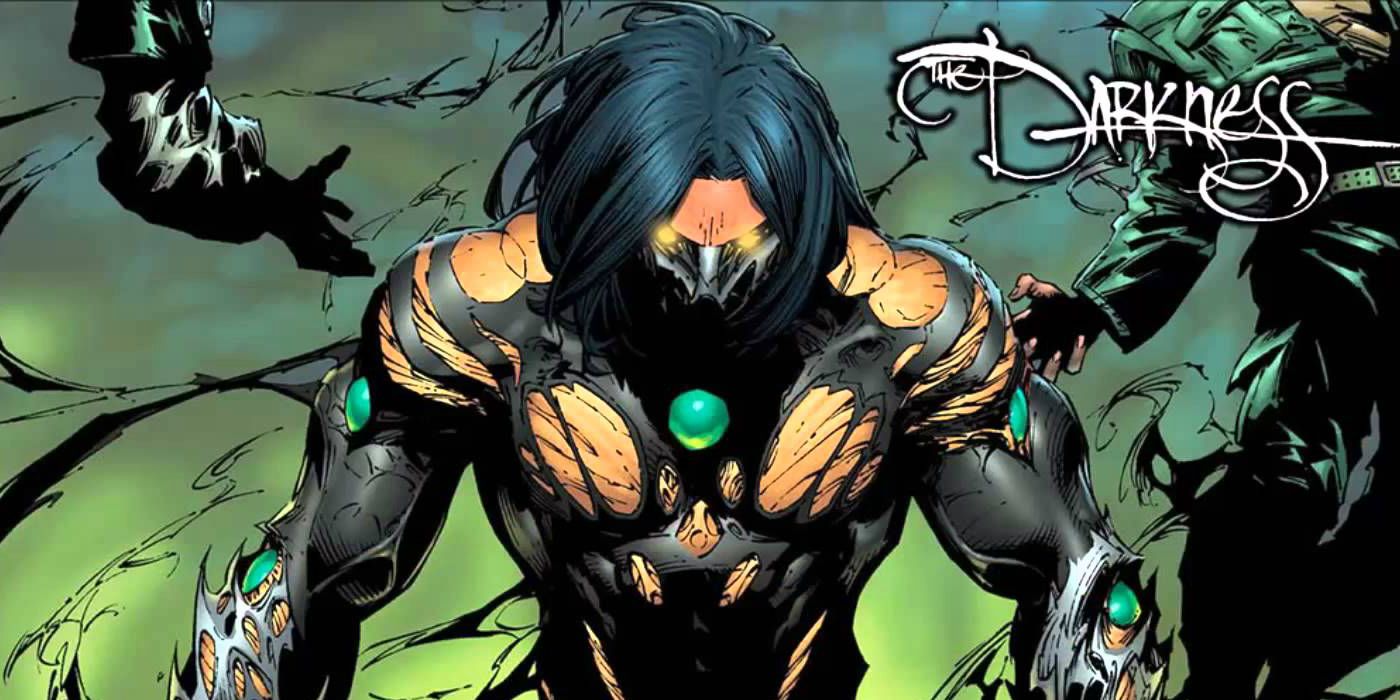Summary
- Some superpowers, like the ability to send people back in time, can have drastic consequences that are not suitable for real life.
- Certain powers, like super hearing, can be overwhelming and emotionally distressing for the person who possesses them.
- Certain powers, like retractable bones, can have grotesque and unsettling effects, especially as the character ages and their abilities degrade.
Everybody secretly wishes they had superpowers. People can't help it. Just little more strength to help move the couch or bypassing the morning commute using the power of flight. But every so often, characters will show up between the pages of a comic book that have a little too much power.
Maybe they can do one too many things than the reader would be comfortable with in real life. Superhumans are great, but sometimes they need to be put on a leash.These powers range from general to specific, and they might be shared by several heroes and villains or be unique to one. However, these powers allow people just a little too much control over others for any rational person to be comfortable near them.
20 Sending People Back in Time
The Weeping Angels from Doctor Who are completely static when seen, but incredibly fast when there's no-one looking. As such, anyone who has the misfortune of encountering these statues must be careful not to avert their gaze or blink. Should an angel manage to catch its target, they usually send these poor souls back in time.
The reasoning for this is to consume the potential energy from the days the time warped victim might have had. Because of this unorthodox method, The Doctor refers to them as the only creatures "to kill you nicely." However, some victims manage to witness their future self's death just as an angel stands behind them.
19 Super Hearing
Because of the yellow sun's physiological effects on Kryptonians, much of Superman's senses are enhanced far beyond normal humans. This has been demonstrated to both a blessing and a curse. In All Star Superman, Lex Luthor manages to harness the Man of Steel's incredible gifts via a liquefied form of his DNA.
However, midway through the climactic brawl, Luthor perceives the world as Superman does for the first time. He's so overwhelmed by the voices in distress that he stops fighting and even bursts into tears.
18
Retractible Bones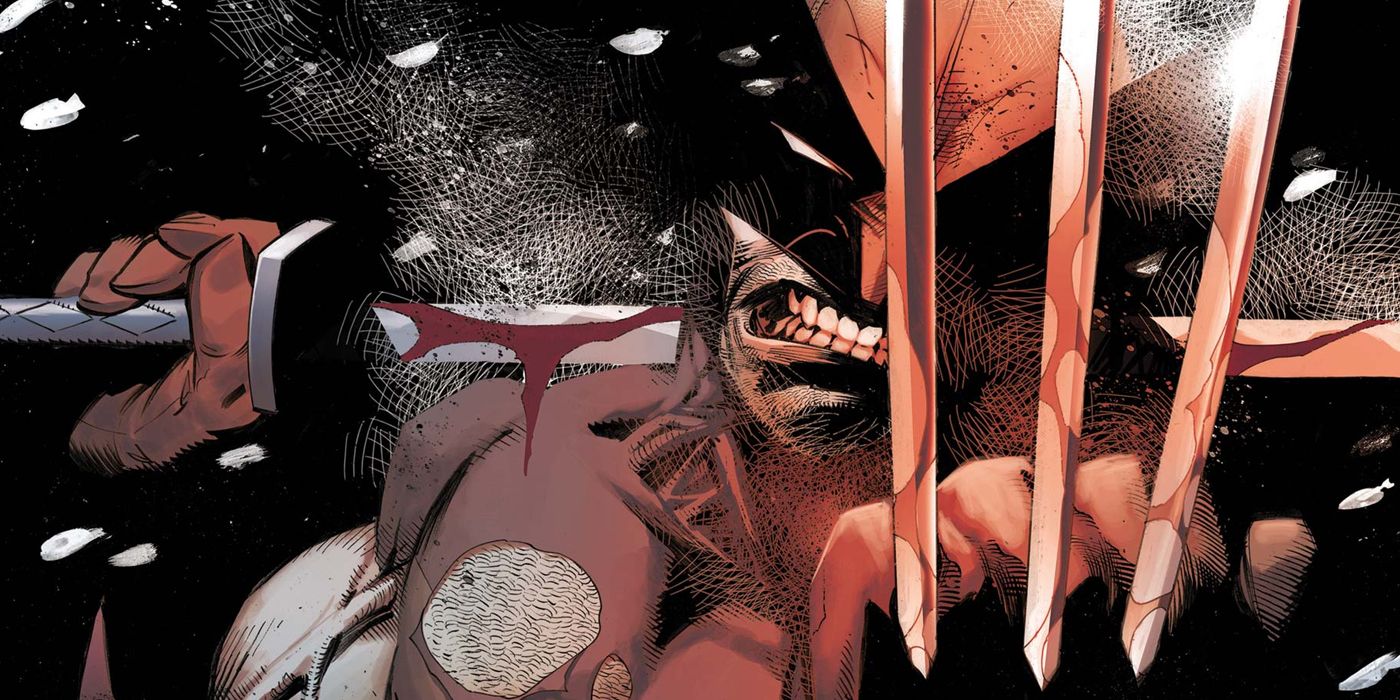
The very idea of being able to extend one's bones outside their flesh and retract them is pretty gruesome. Bordering on body-horror, this is an aspect of Wolverine that many adaptions have kind of glossed over. Because of Logan's healing factor, he can somewhat shrug this process off.
However, in both Old Man Logan and the film it inspired, as his regenerative abilities degrade with old age, the effects start taking their toll. After the events of Fatal Attractions, Logan's adamantinum was stripped from his bones, making his claws take on a more grotesque appearance.
17
Engulfing Yourself in Flames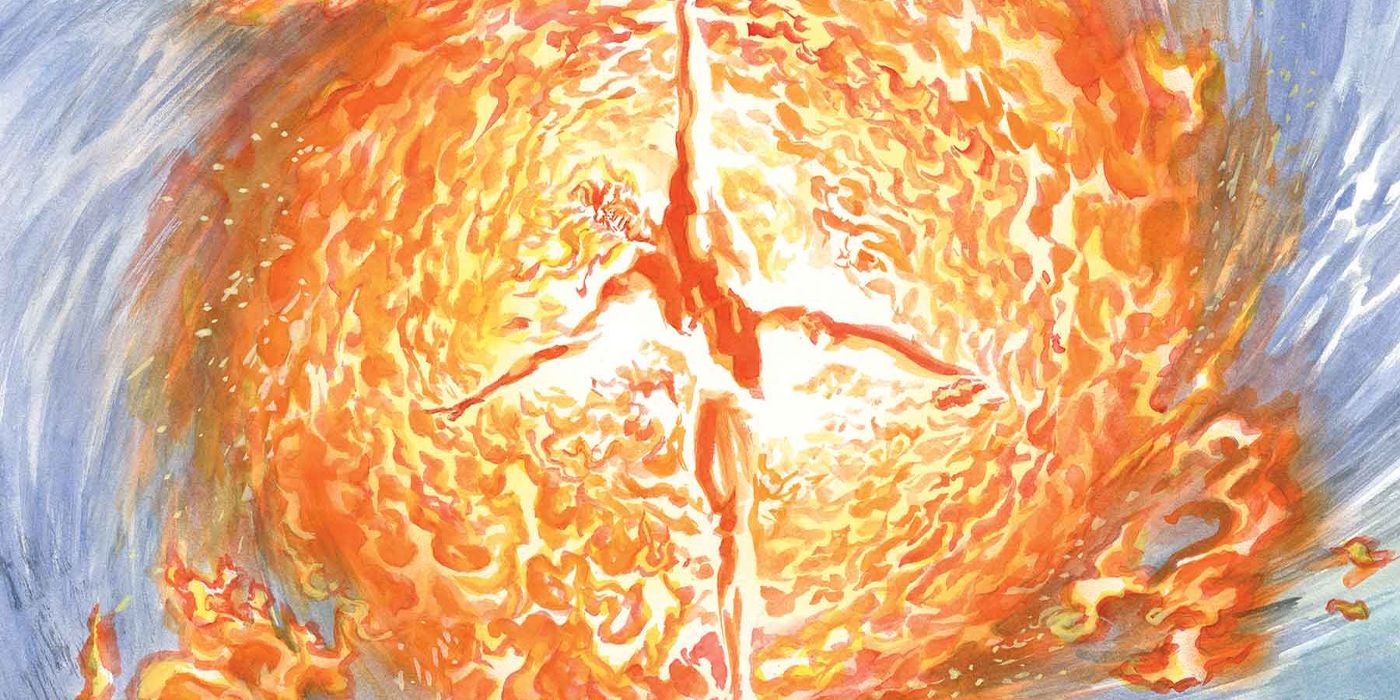
Following an ill-fated expedition in space, Reed Richards and 3 other passengers underwent significant mutations. Deeming themselves The Fantastic Four, the team harnesses their powers in order to protect the innocent from malevolent forces such as Dr. Doom. However, Johnny Storm's gifts can be particularly destructive if harnessed for ill-will rather than good.
When Johnny flames on, he has to be very careful not to let his powers get out of control lest it harm any civilians. In addition, the very concept of being engulfed in flames is pretty horrifying - especially for a lighthearted superhero franchise.
16 Regeneration
The alien race known as the Timelords have a unique ability which allows them to cheat death - regeneration. Whenever they suffer a fatal wound, their body and personality undergo a significant change. While they're still technically the same person, much about them is considerably different.
Most Timelords only have a limit of 12 regenerations before the kick the bucket entirely. For some, this process can be pretty traumatizing. The 10th incarnation took his regeneration particularly hard, with his last words being, "I don't want to go."
15 Invisibility
The power of invisibility is used by many heroes like Dr. Strange, Iron Man, Spectre, as well the Invisible Woman of The Fantastic Four and the Martian Manhunter of Justice League fame. In fact, Harry Potter's cloak can be thrown in as well. Because of the wide use of that power, it's not immediately obvious how invisibility could and should be considered creepy.
Consider instead how invisibility poses all kinds of threats, especially when the ability to use it cloaks the user from any kind of sensory recognition at all. Enough people rely on sight that the mere possibility of some people being able to move completely unprotected is incredibly terrifying. It can be used for banal things like going to explore a restricted area or touching things not meant to be touched. Once the character gets into possibly framing someone for a crime with no way out, there's a perfect recipe for trouble.
14 Being Fused With The Ground
The state of being a land mass with feelings is a power that is unique to Krakoa, a Marvel character who fought against the X-Men. The character was introduced in "Giant Sized X-Men" #1, written by Len Wein and drawn by Dave Cockrum. Krakoa was described in "Classic X-Men" #1 (a later series) as a sentient colony creature that sustains itself by draining the powers of other mutants.
It was originally created by bombardments from a neighboring nuclear factory but had mutated into becoming a living hive mind, although whether the island is sentient depends on the version of the story being read. Predators are things that need to be accepted as a reality of life, but going toe-to-toe with a piece of land that has been specifically cultured to try and kill you by devouring you is just too much.Luckily, Krakoa ended up being defeated by a magnetic bolt to the center and poked and prodded under a microscope for a very long time afterward.
13
Communing With The Dead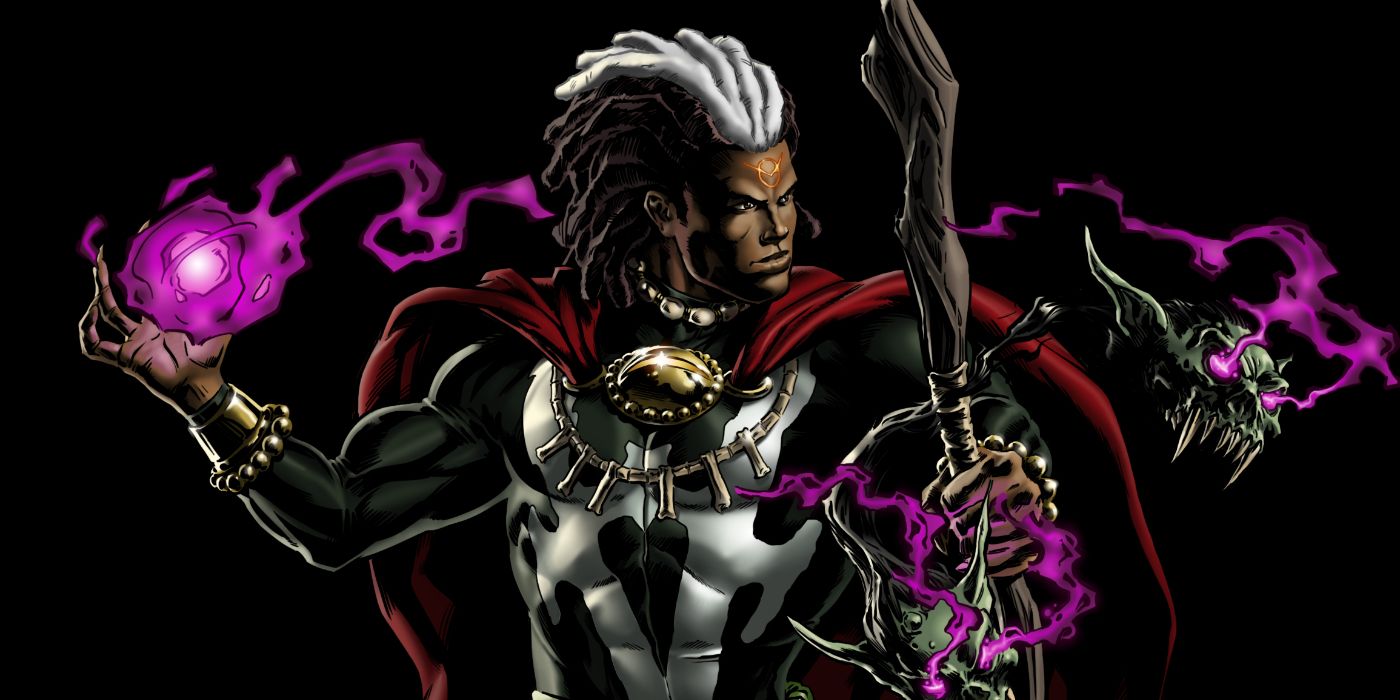
This isn't exactly an entirely unheard of power, but it is still pretty rare to see in superhero comics, despite being in comic book universes where characters don't always stay dead long enough for you to watch an episode of your favorite TV show. Brother Voodoo is one such character, who later goes by the name of Doctor Voodoo as of "New Avengers #54," written by Rick Remender. He started out as Jericho Drumm, a Haitian doctor who came back to find his brother Daniel and local voodoo priest (or houngan) dying from a rival's spell.
Jericho got his powers when a ritual brought Daniel's spirit back and merged it with Jericho's. Jericho remains in contact with his brother's spirit, especially when he calls upon Daniel to get a power boost. There's an understandable line to be drawn when someone loses a family member, but eventually even superheroes need to get through the final stages of grief, whether you can commune with the dead or not.
12
Telepathy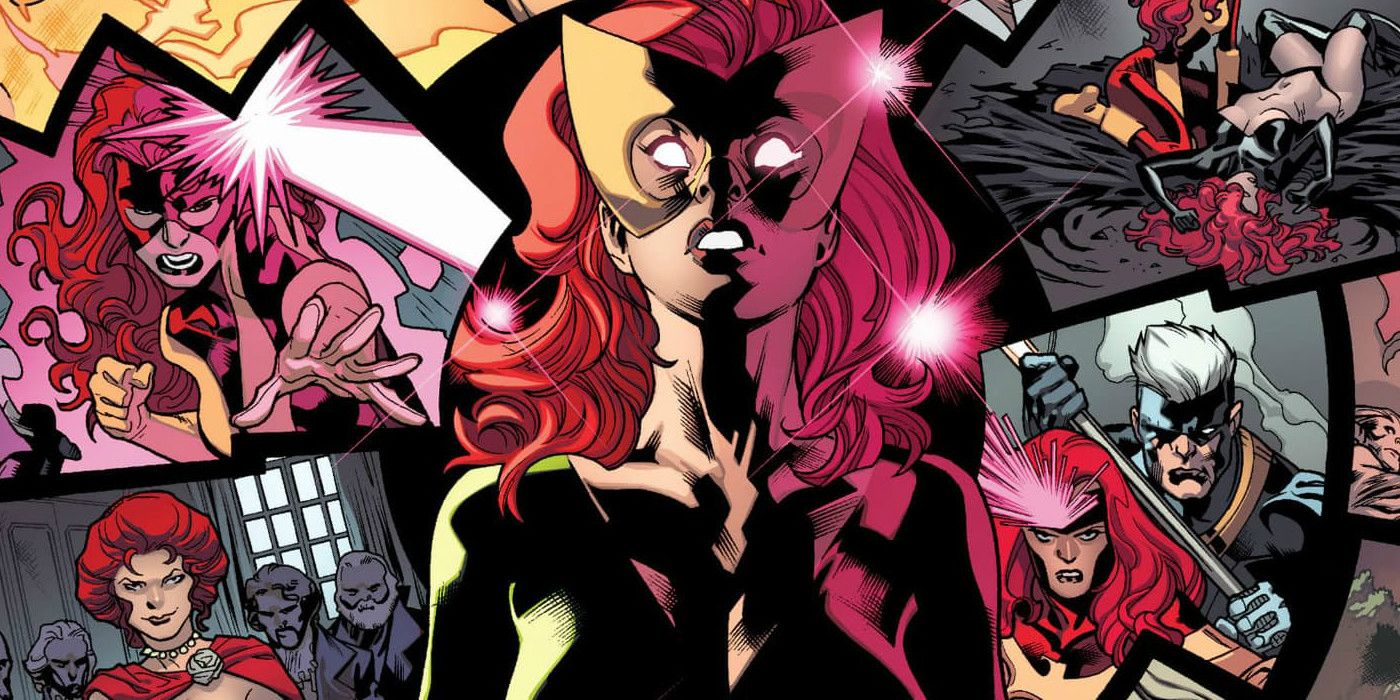
Considering telepathy creepy, if the pun can be excused, is a no-brainer. In the world of comic books, we can see one of the most spine-tingling examples of why telepaths shouldn't have access to each other's deepest memories. As CBR already covered, Professor X and Jean Grey generally have the mentor/mentee relationship that Professor X has with most of the principal X-Men characters. However, in "X-Men #3" by Stan Lee, Jack Kirby and Paul Reinman, Professor X confesses via thought-bubble of some less than appropriate feelings for his underage protégé.
This story was dropped until 1996 with "X-Men #53," when Mark Waid brought this plot thread out Marvel's cobwebbed storage rooms. In a telepathic conversation with Onslaught, Jean gets the full brunt of Xavier's illicit crush, as well as every horrible careless thought and suppressed bit of rage. Nobody's perfect. That doesn't mean anyone needs to see the secrets kept hidden in the back of everyone's minds, though.
11 X-Ray Vision
X-ray vision is a lot like invisibility or telepathy - the aspect that gives it the skin-crawling qualities is how it can reveal too much about someone without their consent. Luckily, heroes like it's most famous user, Superman, can usually turn it on and off at will. That being said, the Big Blue Boy Scout has lots of experience using x-ray to get all kinds of creepy towards potential love interests, like looking into the girl's locker room in "Smallville."
At any rate, it's hard to imagine how a person with x-ray vision would feel about others if at any moment they could see others without their clothes on. The potential for second-hand embarrassment at the expense of the people around you probably shouldn't outweigh the potential to diagnose hidden illnesses, like using the X-ray vision to spot a cancerous tumor. Nevertheless, it's doubtful that anybody would feel perfectly at ease around a person with this ability.
10 Bioelectric Projection
Bioelectric projection may take some explaining. Used by Jessica "Spider-Woman" Drew, and Miles "Spider-Man" Morales, this allows the user to generate electricity from their own biochemistry, and project it in order to stun or incapacitate their opponents. The potency of the electricity depends on the user, and it's shown to be deadly. When Jessica Drew was living in Transia with memory loss in the wake of gaining her powers, she was involved in a prank which triggered her bioelectric powers, killing her first boyfriend.
Similarly, Miles Morales accidentally shocked Peter Parker in "Miles Morales: Ultimate Spider-Man" (written by Michael Bendis) during an altercation, but the shock wasn't fatal like Jessica's. Bioelectricity, especially when it's tied to monitoring someone's "fight-or-flight" instinct, poses a significant danger to the civilian population, since anything could set them off. Hopefully it's only used in a fight and in non-lethal doses, depending on the morality code of the particular hero. So, move slowly and don't go around corners too fast around them.
9 Mind Control
This one might be a little too frightening to contemplate. The definition of mind control is pretty flexible so for the interests of this list, Jason "Mastermind" Wyngarde will be included along with Dr. Psycho, a Wonder Woman villain. Wyngarde is most often seen fighting against the X-Men and was first introduced in "The X-Men #64" written by Stan Lee and Jack Kirby. He's included under mind control because of his ability to create hyperrealistic delusions in the minds of his victims, even going so far as making an entirely imaginary world around them which seems incredibly real.
This enables him to guide his victim's behaviors. Even after the delusion is shattered, some victims harbor doubts on whether it was a delusion at all. Dr. Psycho, on the other hand, has mind control abilities in the more classic, compulsory sense. His real name is Edgar Cizko, and he was introduced in "Wonder Woman #5 - Battle for Womanhood," and created by William Moultan Marstan and George Perez. He's also an explosive misogynist, which colors all of his controlling behavior.
8 Emitting Tendrils
As if all those weren't disgusting enough, tendrils are usually seen on evil or evil-orientated characters. They evoke a sense of dread and horror through their alien-like appearance. The top two characters with this ability who spring to mind are Marvel's Venom and Tendril, both adversaries of Spider-Man.
Venom was first introduced in "Amazing Spider-Man #252" and was created by Randy Scheuller, Jim Shooter, and Mike Zeck. The symbiote has hopped from host to host, but these tendrils can be used as claws or tentacles to ensnare his victims in any of his forms. Tendril has only appeared in "Spider-Man: The Final Adventure #1" but his tendrils are much more spider-like in manner and appearance. He is entirely composed of a web-like substance that sticks to every surface, and can create any number of spider limbs in order to help him get around.
7
Resurrecting The Dead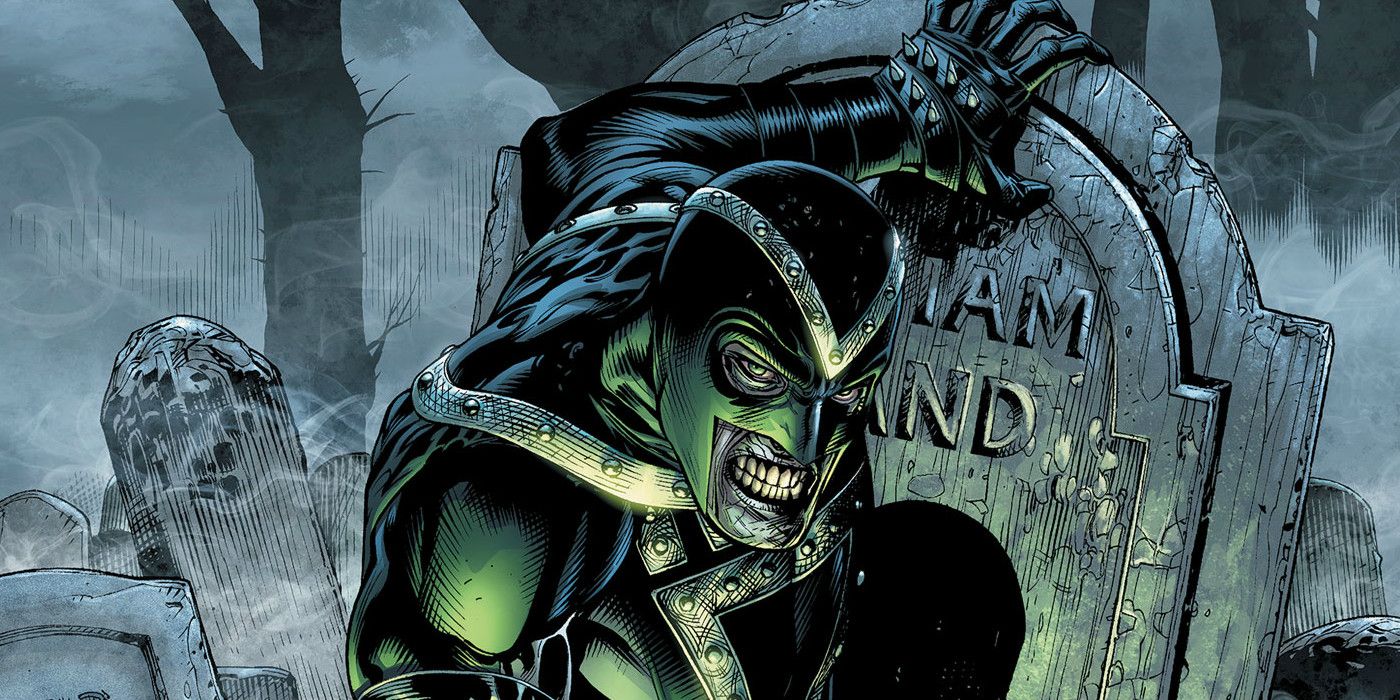
Comic book characters have a tendency to come back from the dead by the will of an enthusiastic writer, but in-universe necromancy isn't very pretty. This power is most prominently displayed by Black Hand and Nekron, two of DC Comics' adversaries for Green Lantern. William Derek Hand was originally introduced in "Green Lantern #29" by John Broome and Gil Kane, but only became a Black Lantern after his origins were rewritten by Geoff Johns for the "Secret Origin" storyline.
The Black Hand also managed to bring several deceased heroes to rise again. Nekron, on the other hand, is the personification of Death in the DC universe, so he is only slightly better in the way that he can raise the dead after he's drained the life force out of his victims. He was first introduced in "Tales of the Green Lantern Corps #2" by Mike W. Barr, Len Wein, and Joe Staton.
6 Possession
Believe it or not, possession isn't a power that's inherent to bad guys. At least two DC superheroes and one Marvel superhero have this ability: Deadman, Spectre, and Karma, respectively. Deadman was first introduced in "Strange Adventures #205" and was created by Arnold Drake and Carmine Infantino. He is able to completely possess any living being, communicate through their body, and the person would have no memory of the event.
Spectre was created by Jerry Siegel and was introduced in "More Fun Comics #52," and differs slightly from his counterpart by being a divine being that possesses a human host while on Earth. Marvel's Karma, on the other hand, gets her powers being a mutant. Created by Chris Claremont and Frank Miller, Karma is able to psychically possess people or animals, by overpowering their subconscious and rendering it useless while she controls the body.
5 Pheremone Generation
More specifically, this is changing the pheromone generation or makeup in their victims. Marvel's got the most spotlight on this one, with mutant Stacy X (also known as Ripcord) created by Joe Casey and Tom Raney and Daken, created by Daniel Way and Steve Dillon. Daken is probably most famous for being the biological son of Logan a.k.a. Wolverine, despite being raised by other people and displaying permanent emotional damage as a result.
Stacy X's pheromone control comes through touch, and it gives her complete control over the body functions of the recipient, like inducing vomiting. Daken, on the other hand, is able to use superhuman pheromones to manipulate the senses and emotions of other people. He can induce fear, happiness, or sexual arousal through what seems like physical means, although nothing close to normal. He uses it to get information, like in "Dark Wolverine #84."
4 Generating a Dimension of Nothingness
This is another unique power belonging to Cloak, who was first introduced in "Spectacular Spider-Man #64" and created by Bill Mantlo and Ed Hannigan. Cloak, a.k.a Tyrone Johnson, has the ability to manipulate Darkforce energy, which lets him cast darkness over anything or anyone he chooses. Victims caught in the Darkforce either as a forcefield or from having been teleported into the Darkforce dimension don't last long. They also suffer from crippling cold, and dark visions and hallucinations.
Cloak has to sustain himself on the life-force of others, and people caught on the wrong side of the Darkforce dimension will become husks unless he lets them out. Usually, Cloak reserves this horrifying treatment for deserving bad guys as the vigilante partner to Dagger, whose manipulation of light energy can satisfy him temporarily.
3 Generating Evil Creatures
Jackie Estacado is the first hero on this list not to be from Marvel or DC, but don't think he doesn't pack a punch. Jackie Estacado was first introduced in "Witchblade #10" from Top Cow, and was created by Marc Silvestri, David Wohl, and Garth Ennis. He's the living host of The Darkness, a cursed elemental force from the dawn of creation. Jackie was born with the ability to manipulate The Darkness in a variety of different ways, but the most interesting one is his control of evil projections, referred to as Darklings.
These beings are necroplasmic and sentient, but they are controlled telepathically by their host. Jackie can summon an entire army of these Darklings at any time; an army of shadow-dwelling, shapeshifting monsters. Not to mention the fact that the Darklings come from another dimension and have limitless numbers. The Darkness is referred to being the other side of Creation's coin. It might be best to not let it see the light of day (metaphorically, since daylight kills these things and weakens him).
2
Feeding on Life Energy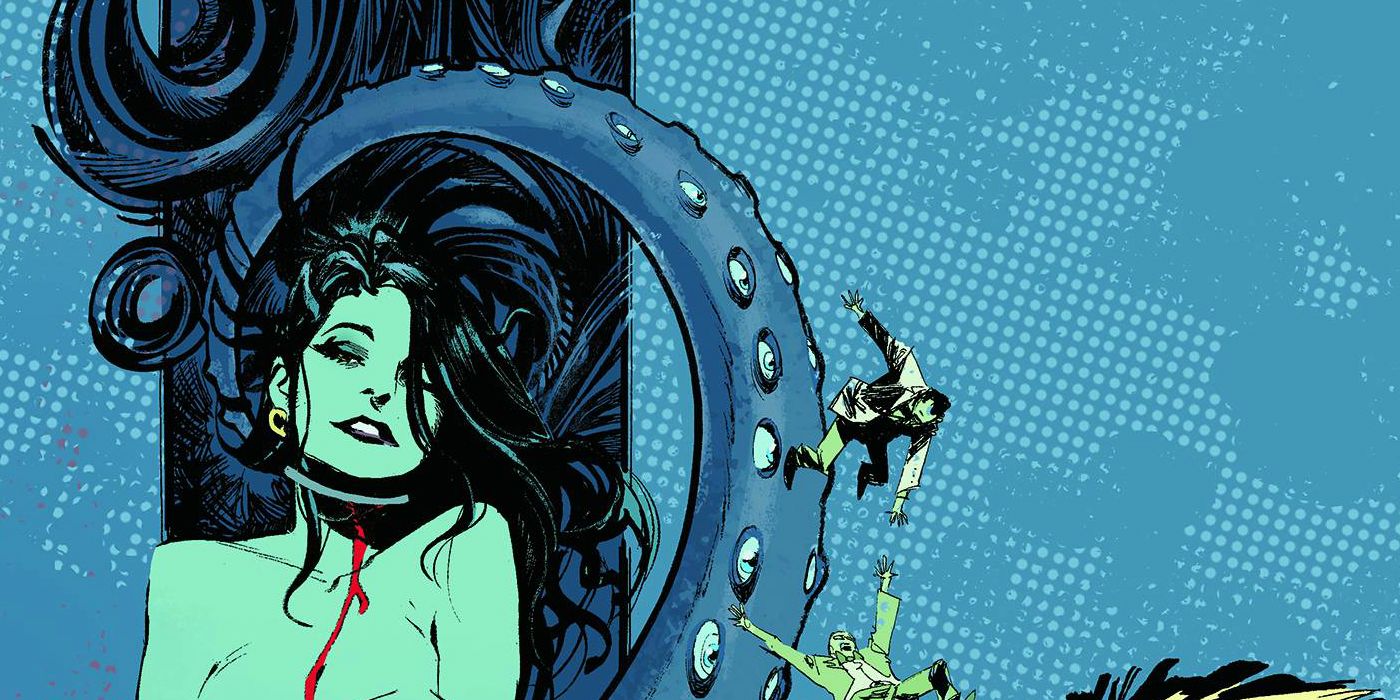
This is a popular power among comic book characters, but few are as defined by this power as Chantinelle or Ellie, a succubus from "Hellblazer #43," and created by Garth Ennis and William Simpson at Vertigo. As a succubus, she is able to transform into the illusion of any woman her victim desires, and after they have fallen into her trap, she sucks out their essence to the point of exhaustion or even death. In her true form she looks like a monstrous she-dragon with leathery wings.
Ellie also has a propensity for seducing angels, although at least one of those encounters ended in a supernatural pregnancy. At any other time, though, it's safe to bet that her lover for the night may not wake up the next morning. Either way, it's probably best not to risk it - the first rule of comic books should be to always be suspicious when someone can fulfill your deepest desires. Usually that ends badly.
1 REALITY WARPING
Reality warping is ultimate in deception, the coup de grâce of terror. Although on second thought, it might not be deception if you can literally make your lie become the truth. Scarlet Witch or Wanda Maximoff, was first introduced in "The X-Men #4" and was created by Stan Lee and Jack Kirby. She is definitely the most famous for reality-warping, since the desire to have her children back led her to creating a universe where every hero's heart's desire was granted. This was eventually reversed, but it shows how much power she actually has.
Franklin Richards (son of Mr. Fantastic and Invisible Woman), was first introduced in "Fantastic Four Annual #6" and created by Stan Lee and Jack Kirby. He's usually portrayed as a child, but has been kidnapped by villains in order to use powers to bend reality. Nobody knows what he'll do as a grown-up, but at least a few alternate-universe versions have blown serious holes in the universe.

